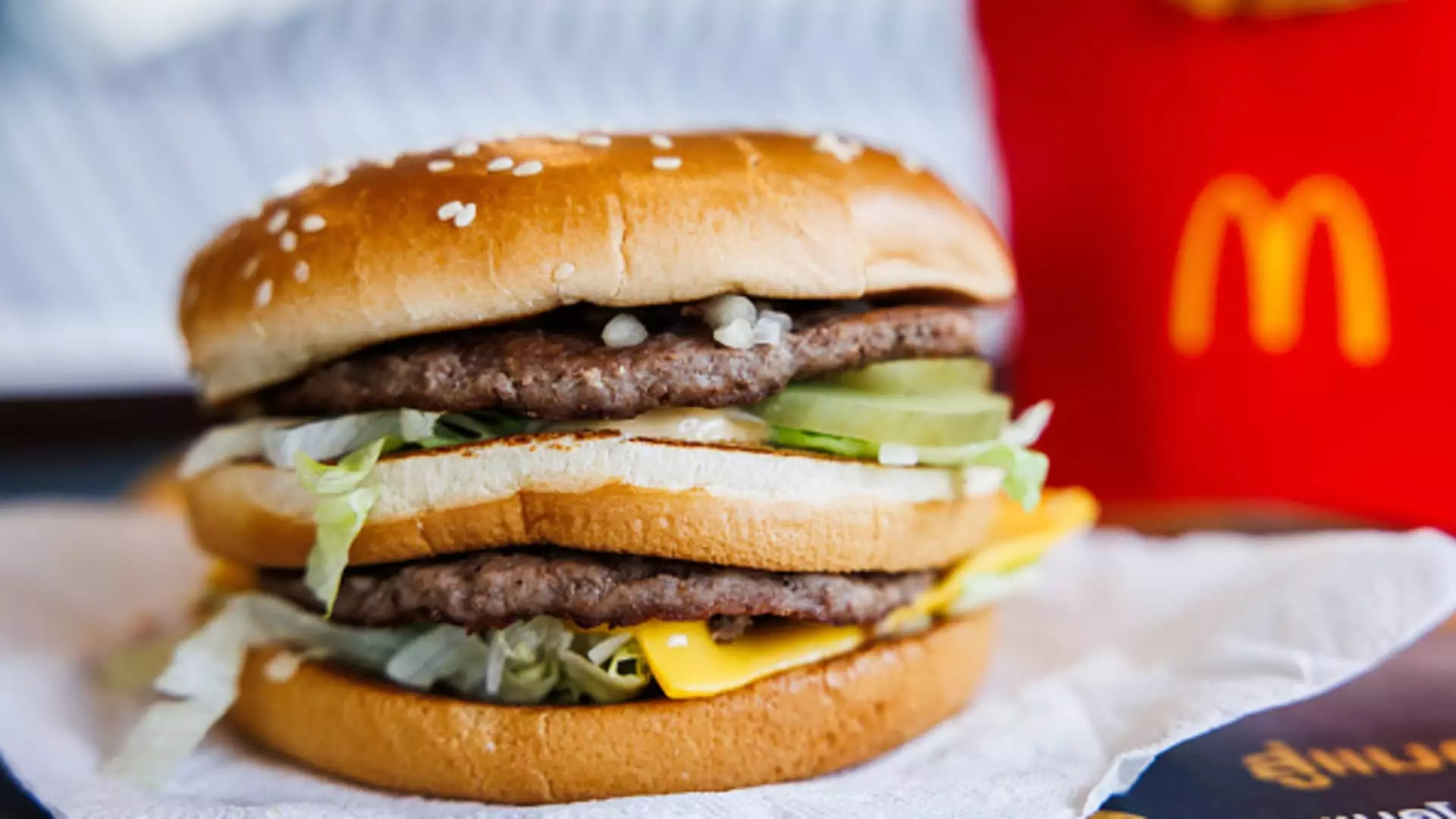McDonald’s is facing a significant problem with consumers perceiving their prices as too high. The company executives have acknowledged this during the second-quarter earnings call, where they mentioned that lower-income consumers are hesitant to spend due to years of high inflation. This lack of perceived value has led to a decline in same-store sales across every division.
The executives are now taking a “forensic approach” to evaluate their pricing strategy and create more value for customers. CEO Chris Kempczinski mentioned that although consumers still see McDonald’s as a value leader compared to competitors, the gap in value perception has narrowed recently. Therefore, the company is working to address this issue promptly.
The price increases by McDonald’s have caused consumers to rethink their buying habits. As prices continue to rise, lower-income diners are cutting back on fast-food spending. A recent survey revealed that more than 60% of respondents have reduced their fast-food consumption due to the high cost. This has had a direct impact on McDonald’s sales as fewer customers are dining at their restaurants.
The decline in consumer spending is not limited to the U.S. market but has affected McDonald’s globally. Families in European markets, in particular, are pulling back on dining out. The company admits that it is operating in a very competitive landscape where customers are feeling the pinch of a higher cost of living. This situation is expected to persist for the next few quarters.
In response to decreasing sales, McDonald’s extended its $5 value meal offering, which proved to be successful in bringing back customers. The decision to extend the offer further into the summer was backed by 93% of company franchisees. The $5 meal deal attracted more customers to the restaurants, with June 25 showing an 8% increase in visits compared to the average Tuesday in 2024.
Despite the positive response to the $5 value meal, McDonald’s has not seen a direct increase in sales yet. The offer has improved brand perceptions around value affordability and increased guest count growth, but sales growth remains a challenge. The company is aware that it needs to consider various factors to regain market share and achieve sustainable growth in the future.
Overall, McDonald’s is facing an uphill battle with high prices and declining sales. The company’s focus on creating more value for customers and adjusting its pricing strategy will be crucial in addressing these challenges and returning to growth. By listening to consumer feedback and adapting to changing market conditions, McDonald’s can hope to regain its position as a value leader in the fast-food industry.

